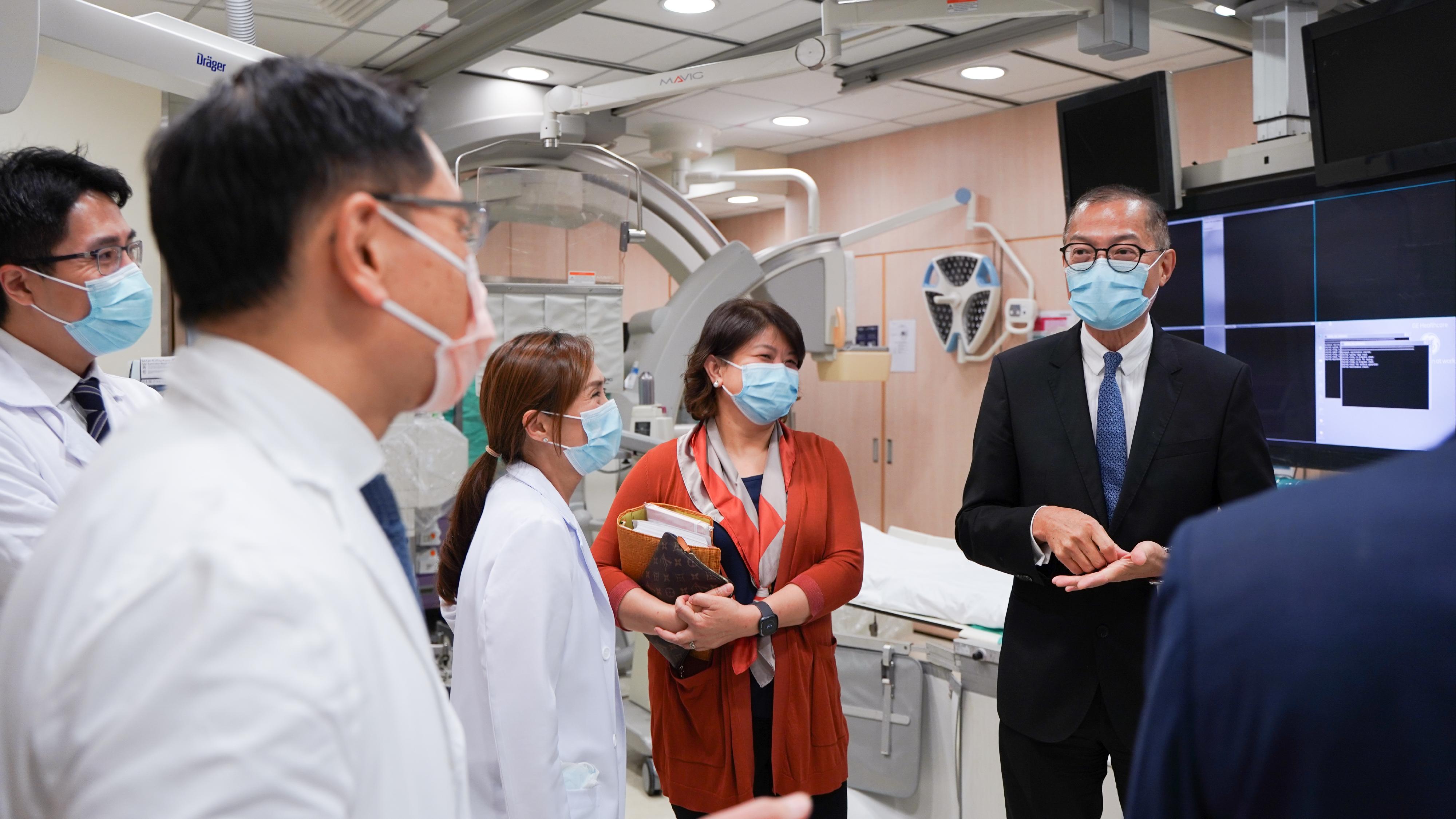Hong Kong is taking significant strides in enhancing its healthcare infrastructure, particularly in the realm of cardiovascular disease treatment. As part of a broader initiative outlined in the Chief Executive’s Policy Address in 2023, the Hospital Authority has embarked on an ambitious plan to expand facilities dedicated to treating patients with heart conditions. This initiative is particularly timely, given that cardiovascular disease accounted for 13% of total deaths in Hong Kong in 2023.
One of the most notable developments in this expansion is the establishment of the first chest pain centre accredited by national standards at Queen Mary Hospital, which opened its doors in July 2024. This centre is designed to improve treatment times and survival rates for patients experiencing cardiovascular issues. The implementation of this facility marks a pivotal moment in Hong Kong’s public healthcare system, as it aims to provide timely and effective care to those in need.

To streamline the treatment process, several key measures have been introduced. One of the most innovative is the pre-hospital electrocardiography (ECG) tests. When patients arrive by ambulance, they can undergo ECG tests while still in transit. The results of these tests are relayed to hospital staff in advance, allowing for a more efficient response upon arrival. This proactive approach is expected to significantly reduce the time it takes to diagnose and treat patients suffering from chest pain.
For patients who do not arrive by ambulance, the Hospital Authority has established a “green channel” at the hospital. This priority channel allows these patients to be seen by a triage nurse more quickly, ensuring that they receive timely care even if they do not utilize emergency transport. This dual approach—catering to both ambulance and non-ambulance arrivals—demonstrates a commitment to improving patient outcomes across the board.
In addition to these measures, the authority has set ambitious targets for expedited testing and treatment. The goal is for patients to complete all necessary tests within 30 minutes of arrival at the hospital. If angioplasty surgery is required, the aim is to have the procedure performed within 90 minutes. These timeframes are critical, as they can greatly influence the survival rates of patients experiencing acute cardiovascular events.
Theresa Li, the Chief Executive of Queen Mary Hospital, has emphasized the importance of developing a comprehensive network of chest pain services across all public hospitals in Hong Kong. This network is intended to ensure that patients receive consistent and timely treatment, regardless of where they seek care. The establishment of the chest pain centre at Queen Mary Hospital is just the beginning; plans are already in motion to expand these services to other facilities.
For instance, Prince of Wales Hospital is set to establish its own chest pain centre, which is expected to be operational in the first quarter of 2026. This expansion reflects a broader commitment to enhancing cardiovascular care throughout the region, ensuring that more patients have access to specialized treatment.
The new clinical building at Queen Mary Hospital will also feature a dedicated room for angioplasty treatment. This facility is designed with improved connections to the accident and emergency department, which will help to reduce patient transfer times. By minimizing delays in treatment, the Hospital Authority aims to enhance the overall efficiency of care provided to patients with cardiovascular disease.

As Hong Kong continues to grapple with the challenges posed by cardiovascular disease, these initiatives represent a significant investment in public health. The focus on improving treatment times, expanding facilities, and creating a network of services is a proactive approach to addressing a leading cause of mortality in the region. With these developments, the Hospital Authority is not only responding to current healthcare needs but is also laying the groundwork for a more robust and responsive healthcare system in the future.
In summary, the expansion of heart disease treatment facilities in Hong Kong is a crucial step towards improving patient care and outcomes. With the establishment of accredited chest pain centres, innovative pre-hospital testing, and a commitment to expedited treatment, the Hospital Authority is poised to make a meaningful impact on the lives of those affected by cardiovascular disease. As these initiatives unfold, they will undoubtedly play a vital role in shaping the future of healthcare in Hong Kong.



